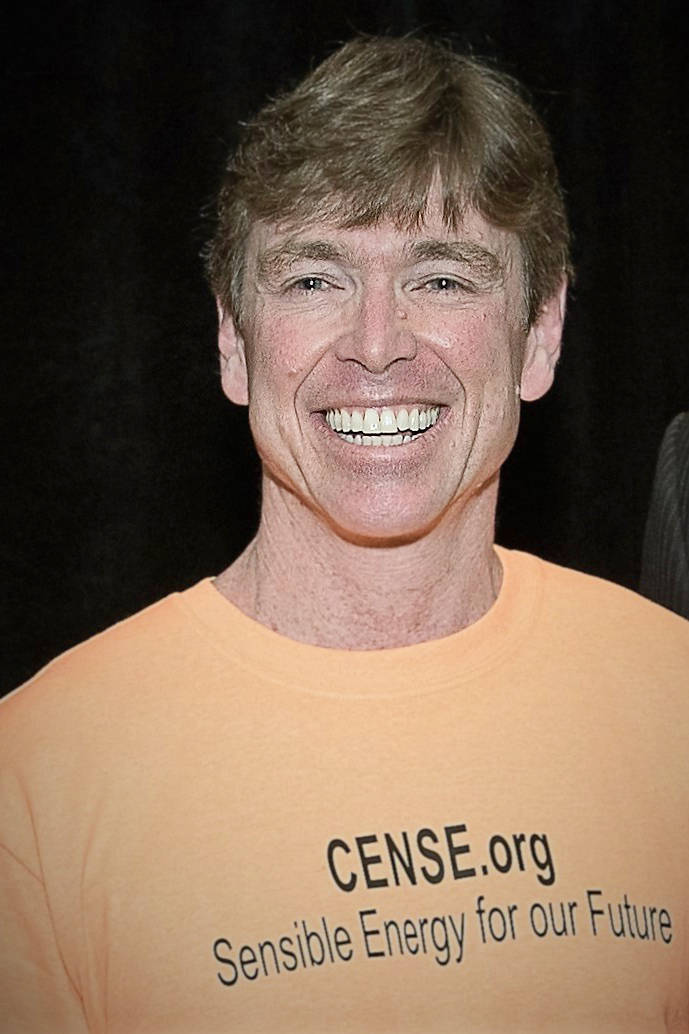Does Puget Sound Energy’s “Energize Eastside” Transmission Line project make sense for this community?
Definitely not, says CENSE – the Coalition of Eastside Neighborhoods for Sensible Energy – representing residents and businesses who want cost-effective, environmentally sound solutions to serve the region’s energy needs.
CENSE is an all-volunteer non-profit organization that formed in 2014 in response to PSE’s project. The group urges residents to ask some pointed questions about the plan: Do we need it? Are the costs worth it? And are there alternatives?
Energize Eastside is a 16-mile upgrade that would double the voltage on two existing power lines. It would exchange wooden poles for taller steel poles running through dozens of Eastside neighborhoods, near schools and parks. The taller poles would be visible over tree tops for many miles.
1. Do we need it?
While Puget Sound Energy says the region’s growing population is using more electricity and straining the existing electric grid, that’s not demonstrated in local consumption statistics, CENSE notes.
“It’s obvious that our population and economy have been growing rapidly, but electricity use is not growing. LED lights and efficient appliances and devices are reducing consumption at least as fast as the Eastside is growing,” says Don Marsh, CENSE president and co-founder. “Even the rise of electric cars has not had a significant impact. CENSE is not convinced that the project is necessary, and PSE refuses to provide data that could settle the question one way or the other.”
2. Do the financial and environmental costs make sense?
Energize Eastside is projected to cost hundreds of millions of dollars. PSE’s customers will pay for the project for decades through higher electric bills, Marsh says.
The environmental costs are also significant, CENSE argues.
“It will destroy thousands of valuable urban trees. And it’s not safe to put power lines carrying 230,000 volts so close to our homes and schools,” Marsh says. “Even worse, the deeper and wider holes for the new metal poles will be dug uncomfortably close to two petroleum pipelines that carry 13 million gallons of gasoline and jet fuel through our neighborhoods every day. These are the same pipelines that caught fire in Bellingham in 1999, killing three children. The risk of a destructive fire cannot be completely eliminated.”
3. Are there alternatives?
Definitely, Marsh says. “Utilities in many states are using batteries, smart energy management and advanced electrical efficiency to increase the reliability of their electric grids. Although PSE has been on the cutting edge of technology in past years, it has fallen behind since it was purchased by Canadian pension funds seeking to maximize financial returns. We really need smart solutions to protect our pocketbooks, our safety and the environment.”
What can you do?
The first public hearing for the project will be held in Bellevue City Hall on March 28. This is the last chance for Bellevue residents to submit comments for the legal record. Future public hearings will be held in Newcastle and Renton.
In the meantime, residents are urged to stay up-to-date online at cense.org and on Facebook.


